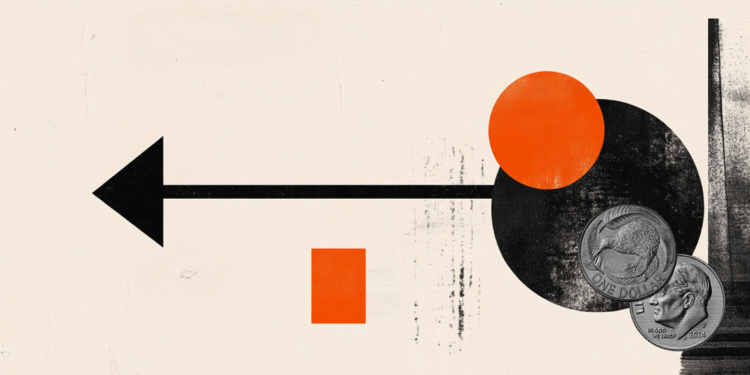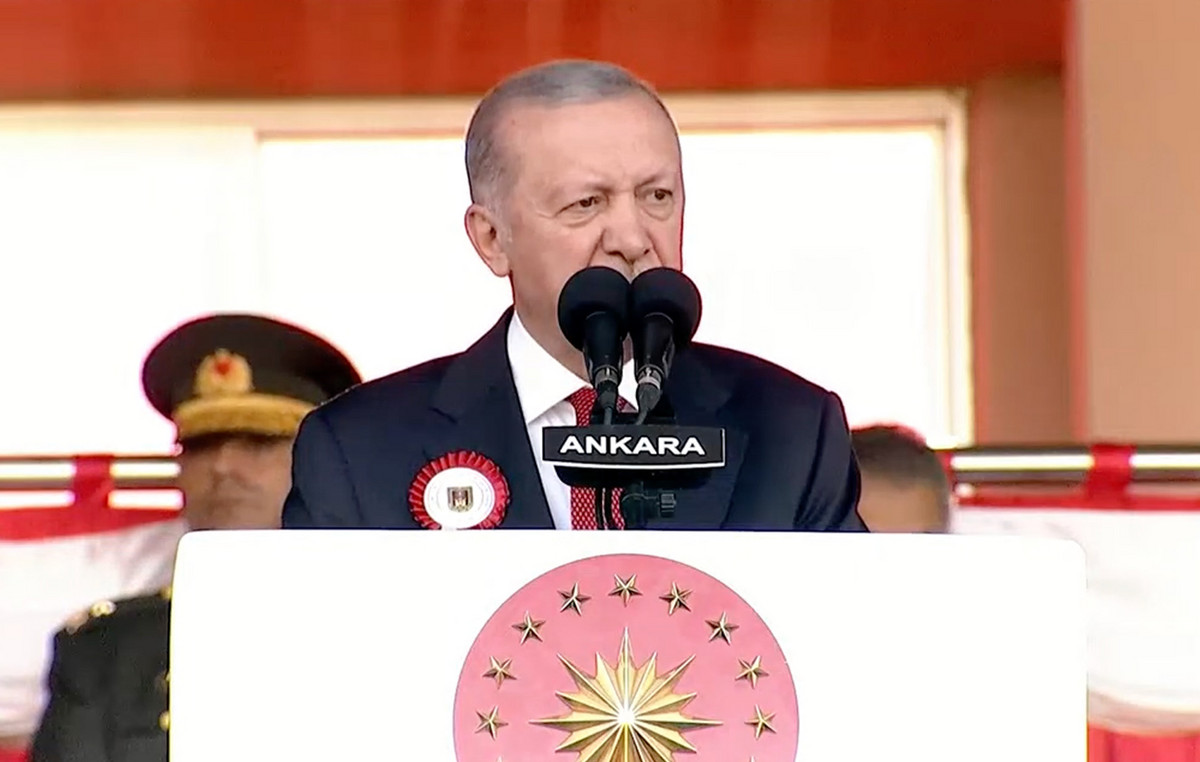Finance ministers from the G7, the group of countries with the most advanced economies in the world, are discussing new ways to use the proceeds of around R$1.4 trillion (€260 billion) of Russia's foreign exchange reserves, which were frozen by the Western countries after the large-scale invasion of Ukraine in February 2022, this Friday (23).
The G7 meeting in Italy comes just weeks after the Russian government mounted a surprise attack in the Kharkiv region of northern Ukraine. As Russia's attacks intensify, Western leaders are under increasing pressure to provide military aid to Kiev's already overstretched military.
It is “vital and urgent that we collectively find a way to unlock the value of Russian sovereign assets tied up in our jurisdictions for the benefit of Ukraine,” said United States (US) Treasury Secretary Janet Yellen during a speech on Tuesday. fair (21) in Frankfurt, Germany.
The proposal, which reportedly has support among US and European Union (EU) officials, involves lending up to R$258 billion (US$50 billion) to Ukraine, using future windfall profits from Russian foreign exchange reserves held in the bloc as collateral. European economy.
The plan “would bring forward this flow of interest income from assets… (through a loan) granted to Ukraine,” Yellen told broadcaster Sky News.
“Ukraine has substantial needs and it is important to mobilize significant resources to help the country,” he explained.

G7 finance ministers hope to reach a deal that can be approved when President Joe Biden and other leaders meet for a summit in Italy next month.
The plan stops short of confiscating assets outright. The EU fears that the measure could discourage other countries from keeping their foreign exchange reserves in the bloc.
Most of the frozen Russian money is kept in Europe. The euro is the second most important currency in the world, after the US dollar.
The proposal “is a halfway road to total seizure,” Lee Buccheit, a veteran sovereign debt expert and honorary professor at the University of Edinburgh Law School, told CNN.
Loan to Ukraine from R$15 billion increases to R$258 billion
About two-thirds of Russia's tied-up foreign exchange reserves, around R$1 trillion (€210 billion euros), are in the EU, mainly in Euroclear, a Belgium-based financial institution that keeps reserves safe for banks, exchanges and investors. .
After months of discussions, the EU formally adopted an agreement on Tuesday (21) that takes advantage of the windfall profits that Euroclear makes by reinvesting the money generated by these assets – such as coupon payments on bonds.
Western sanctions mean that coupon payments and expired assets cannot be sent to Russia.
Under the terms of the bloc's agreement, between R$14 and 16 billion (€2.5 billion and €3 billion) of these profits will be sent annually to Kiev. The first payment will be made in July, with 90% going towards weapons and military equipment.
The division of funds will be reviewed every year from January 2025, with the option to shift spending to rebuilding the war-torn economy as needs change.
“The EU has chosen a path forward that is legally sound and flexible so that support can adjust to Ukraine’s most urgent needs,” European Trade Commissioner Valdis Dombrovskis said in a statement on Tuesday (21).
Unlike the trickle-down of funding agreed by the EU, the proposal under discussion at the G7 could immediately provide a much larger lump sum.
Reuters reported that Yellen said on Thursday (23) that an amount of R$258 billion (US$50 billion) was discussed by G7 ministers, but there was still no agreement on the size of the guaranteed loan.
West has third option to consider
In addition to confiscating the stock of assets or lending money to Kiev secured by the interest they earn, there is a third option that the West could consider – a so-called reparation loan.
In this approach, Ukraine would borrow money from a syndicate of allies, including members of the G7, and pledge as collateral its claim for reparations – or compensation – against Russia. This would give Kiev access to a much larger amount of money than using future or current windfall profits from Russian assets.
“Ukraine has a claim against Russia for reparations – legally, that is indisputable – and would in effect be monetizing a part of that claim by pledging to guarantee this G7 loan,” said debt expert Buchheit.
If Russia did not pay reparations, the G7 would be in a position to draw on its frozen foreign exchange reserves to recover the value of its loan to Ukraine, he added.
This mechanism also ensures that Russia foots part of the colossal bill for Ukraine's reconstruction, which the World Bank has estimated at $486 billion over the next decade.
“Without a regime change in Russia, Putin will never pay reparations,” the expert said. “This $300 billion is probably the only contribution Russia will make to pay reparations for what it did to Ukraine.”
Source: CNN Brasil
Bruce Belcher is a seasoned author with over 5 years of experience in world news. He writes for online news websites and provides in-depth analysis on the world stock market. Bruce is known for his insightful perspectives and commitment to keeping the public informed.







